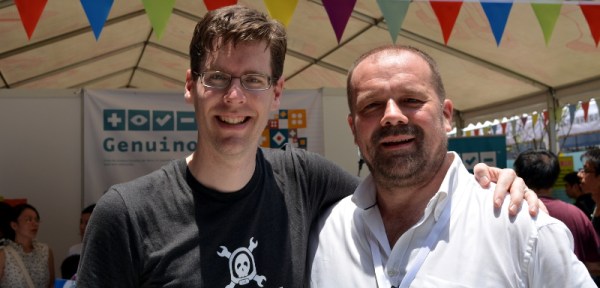Federico Musto, who until two days ago owned the largest part of Arduino AG has been bought out, having today been replaced by a combination of Massimo Banzi and Fabio Violante.
This should bring to a close the saga that began with a fork where two companies called themselves “Arduino” and bizarrely continued for almost a year after the reconciliation of the two was announced. What remains today is one corporation called Arduino AG, now captained by Massimo Banzi as Chairman and CTO, and Fabio Violante as CEO.
Massimo Banzi was one of the original founders of Arduino and one side of the trademark litigation during the period in which there were two companies. With the buyout of Musto, Banzi moves back to the top spot. This change in leadership occurred as a company called BCMI bought all shares of Arduino AG. BCMI was started by four of the original Arduino co-founders; you could say the old gang rides again.
Arduino AG is in essence a hardware company, manufacturing and selling the officially branded Arduino boards. But right now they still maintain the official codebase which most people see as belonging to the community. Despite changes at the top, the proof will still be in the pudding. When will we see the Arduino Foundation come to life and take control of the Arduino IDE? Hackaday will continue to look into it and provide updates.















